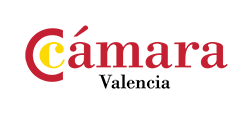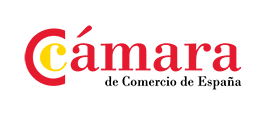News
Survival or confirmation bias
During World War II, with the aim of reducing the number of aircraft shot down by the enemy, the Allies studied where returning aircraft had suffered the most damage. This way they could reinforce those parts.
The red dots mark the greatest damage, so they concluded that they had to reinforce the tips of the wings, the rudders and the center of the plane, because there they had had more impacts.
However, Abraham Wald, a statistician worked for Defense, was the one who proposed something different; reinforce the areas where there were no hits.
Why?
Wald explained that what had not been considered in the study is that it had been done only on the planes that had returned to the base Those who had survived.
However, what about those who had not returned? He assumed that the distribution of the hits had been more or less homogeneous in all the planes, so that those hits that were not seen in those that had returned were precisely those points that had caused the planes to be shot down.
The study then had a bias (partial view or interpretation). It was called Survival Bias.
Our brain always tends to confirm our hypotheses We carry out a selective collection of information that will confirm our hypotheses.
We try to confirm what we know because with what we know we feel comfortable and we give answers to everything that happens around us in addition to «knowing» that we are right.
The more survival biases we have, the bigger our Ego is. These people can become continuously frustrated and are easy to identify, since the slogan «Either with me or against me» can define them perfectly. We protect our biases because, if challenged, our mental makeup could not survive as we have conceived it.
Biases are innate in people and help to have a more comfortable, easy and bearable life by reducing the stress of having to decide between several similar options or gather reliable information about something. I like to define the truth as the perception of reality that each one has. Therefore, the truth is formed taking into account the biases of each one.
For this reason, before making decisions, it is good to try to assess without bias and as objectively as possible the opposite option to ours to learn, improve and not create more and more survival biases and always blame everything on others.







